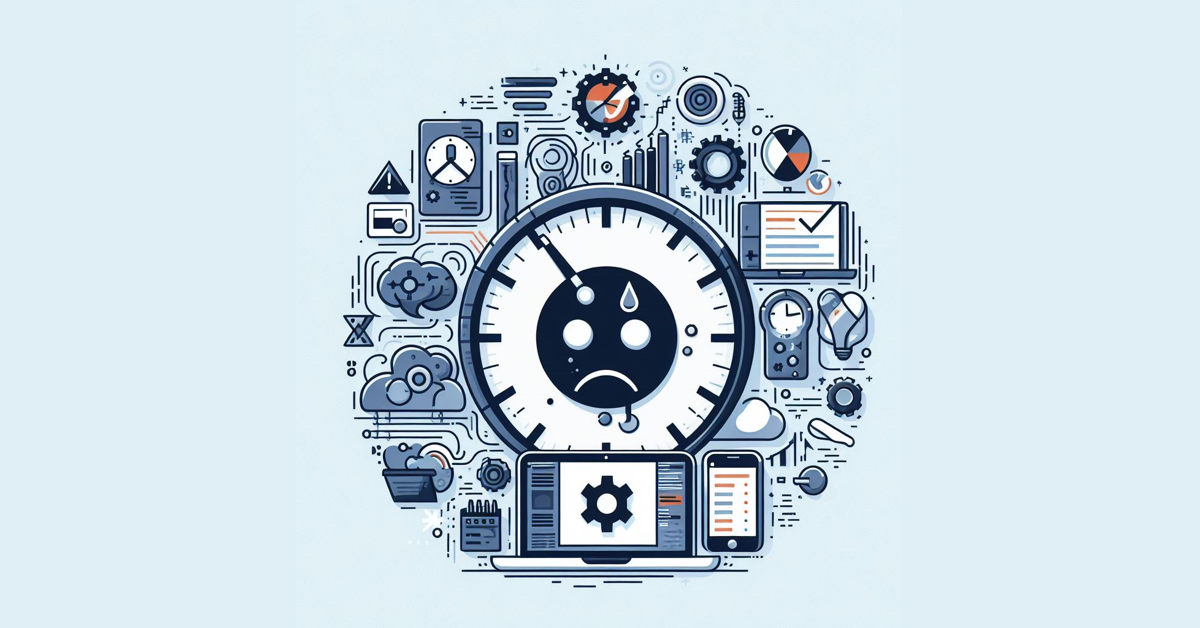Extreme Programming (XP) is an Agile methodology that prioritises collaboration, adaptability, and rapid delivery in software development. It emphasises customer satisfaction and embraces change as a natural part of the process. XP integrates practices like Test-Driven Development (TDD), Pair Programming, Continuous Integration, and Refactoring to enable teams to deliver high-quality software efficiently. In today’s fast-paced business landscape, where change is constant, XP remains crucial for organisations aiming to stay competitive. This article explores the core principles, key practices, and real-world applications of Extreme Programming, highlighting its enduring relevance in Agile software development.

Understanding Extreme Programming (XP)
Extreme Programming (XP) is a flexible and customer-focused way to create software. It started in the late 1990s as a response to problems with traditional methods like Waterfall.
Origins and Evolution
- XP was created by Kent Beck and others based on their experiences in software development.
- Kent Beck wrote a book about XP in 1999, which laid out its main ideas.
- XP has changed over time as technology and industry practices have evolved.
Philosophy of XP
- XP has some key ideas: putting the customer first, keeping things simple, being able to adapt to changes, and working closely as a team.
- It’s all about making the customer happy, creating the simplest solution, and being ready to change plans as needed.
- XP encourages teamwork and communication, with everyone sharing the responsibility for success.
- Feedback is important in XP, so there are ways to get feedback at every step of the process.
Differences from Traditional Methods
- Unlike traditional methods like Waterfall, XP doesn’t follow a strict plan from start to finish. It’s more flexible and happens in small steps.
- Instead of waiting until the end to show the customer the finished product, XP delivers working software more often.
- Traditional methods focus on detailed plans and paperwork, while XP focuses on staying adaptable and working closely with the customer.
- XP uses technical practices like Test-Driven Development and Pair Programming, which might not be as common in traditional methods.
- The customer is involved throughout the XP process, giving feedback and helping to guide the project, unlike in traditional methods where they might only be involved at the beginning.
Overall, Extreme Programming (XP) is a modern approach to software development that emphasises flexibility, teamwork, and making the customer happy. It’s evolved over time and continues to be a popular choice for many software teams.
Core Principles of Extreme Programming (XP)
Communication
XP values clear and frequent communication among team members, stakeholders, and customers. This ensures everyone understands the project’s goals and progress, leading to better collaboration and problem-solving.
Simplicity
XP encourages keeping things simple throughout the development process. By focusing on straightforward solutions, teams can reduce complexity, avoid confusion, and deliver value more efficiently.
Feedback
XP promotes continuous feedback loops to improve the product and process. This means regularly gathering input from stakeholders and team members to identify issues early, make informed decisions, and adapt as needed.
Courage
XP encourages individuals to be bold and proactive in confronting challenges. By embracing change and making decisions based on principles rather than fear, teams can innovate more freely and achieve greater success.
Key Practices of Extreme Programming (XP)
Test-Driven Development (TDD)
- What it is: Writing tests before writing code.
- Why it’s important: Ensures code works as intended, reduces bugs, and encourages better code design.
- How it helps XP: Provides a safety net for changes, maintains code quality, and boosts team confidence.
Pair Programming
- What it is: Two developers working together at one workstation.
- Why it’s important: Boosts collaboration, catches errors early, and shares knowledge.
- How it helps XP: Enhances code quality, speeds up learning, and strengthens team bonds.
Continuous Integration (CI)
- What it is: Frequently integrating code changes, followed by automated testing.
- Why it’s important: Detects problems early, increases project visibility, and saves time.
- How it helps XP: Enables quick response to changes, keeps development steady, and improves accountability.
Refactoring
- What it is: Restructuring code without changing its behavior.
- Why it’s important: Keeps code clean, improves maintainability, and reduces technical debt.
- How it helps XP: Ensures code stays adaptable, promotes simplicity, and supports continuous improvement.
These practices — Test-Driven Development, Pair Programming, Continuous Integration, and Refactoring — are the core elements that make Extreme Programming (XP) effective by fostering collaboration, maintaining code quality, and adapting to change efficiently.
Implementing Extreme Programming (XP) in Practice
Implementing Extreme Programming (XP) in your organisation comes with challenges and requires careful planning. Here’s how you can tackle them:
Challenges
- Cultural Shift: Getting everyone on board with XP’s collaborative approach can be tough.
- Team Dynamics: Building teams that communicate well and work together effectively is essential.
- Management Support: Getting support from higher-ups is crucial for making XP work.
- Technical Know-How: XP practices like TDD need proper training and tools.
- Customer Involvement: Keeping customers engaged throughout the process can be a challenge.
Tips
- Start Small: Begin with one or two XP practices and grow from there.
- Training: Make sure everyone understands XP principles and how to apply them.
- Empower Teams: Let teams make decisions and take ownership of their work.
- Communication: Keep channels open for regular updates and feedback.
- Adaptation: Be ready to adjust and learn from your experiences.
Benefits of Extreme Programming (XP)
- Faster Development: XP makes teams more efficient by promoting teamwork and simplifying processes, resulting in quicker delivery of software.
- Better Quality: XP ensures fewer errors in the code through practices like continuous testing, leading to higher-quality software.
- Happier Customers: By involving customers closely and responding quickly to their feedback, XP produces software that better meets their needs, increasing satisfaction.
Drawbacks and Solutions
- Not for Every Project: XP may not be suitable for complex or heavily regulated projects.
- Solution: Adapt XP practices to fit the project’s requirements and start with smaller, less critical projects.
- Team Challenges: Close collaboration can be tough, and team members may have different levels of expertise.
- Solution: Provide training, encourage open communication, and introduce XP gradually.
By adapting XP to fit project needs, providing training and support for team members, and fostering open communication, organisations can maximise the benefits of Extreme Programming while minimising its drawbacks.
Future Trends and Evolutions
Remote Work Adaptation
XP is adjusting to remote work setups by integrating tools for better communication and collaboration among team members working from different locations.
DevOps Integration
XP is merging with DevOps practices to enable smoother software integration and deployment, allowing for quicker and more frequent releases.
Agile Expansion
Agile methodologies, like XP, are evolving to handle larger projects and organisations, with frameworks like LeSS and SAFe incorporating XP practices for scalability.
Updated Technical Practices
XP’s technical methods, such as TDD and Refactoring, are evolving to match modern software development technologies like microservices and serverless architecture.
Team Dynamics Emphasis
XP is focusing more on team dynamics and psychological safety to create environments where collaboration and innovation thrive.
Lean Integration
Lean principles, like Kanban and Lean Startup, are being integrated with XP to improve efficiency and value delivery.
Cultural Impact
XP is shaping organisational cultures by promoting values such as transparency, trust, and innovation, and encouraging adaptive leadership approaches.
Extreme Programming (XP) offers a transformative approach to Agile software development, emphasising teamwork, communication, and simplicity. By adhering to practices like Test-Driven Development and Pair Programming, teams can enhance productivity, improve product quality, and increase customer satisfaction. Embracing XP brings tangible benefits for organisations of all sizes, empowering them to adapt to change more effectively and deliver value more rapidly. I encourage readers to explore XP further and consider implementing its principles and practices in their own professional contexts, as it provides a reliable framework for success in today’s dynamic software development landscape.



